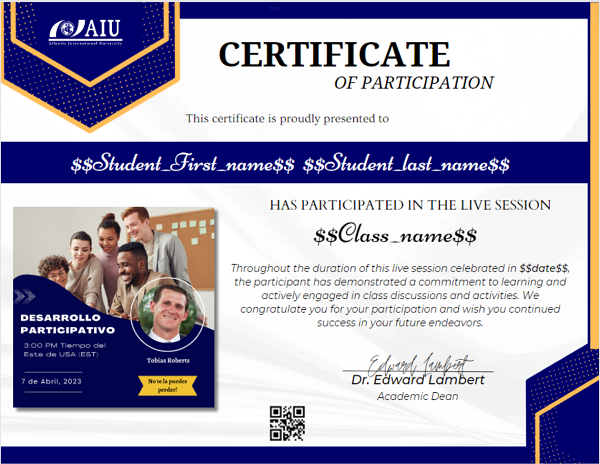
Student: CHANNTHORN MAO
Current credits: 77
Program: Doctorate Program (English)
Major: Business Management
Topics : organizational psychology, Motivation, Needs, Intrinsic Motivation, Extrinsic Motivation
subject: Organizational Psychology
Presentation Title:
Date Recorded: 19/03/2024
Materials Links
;
Link 1
Communication Method :
Description : Motivation in the workplace is a complex and multifaceted topic that has been extensively studied in organizational psychology and management. Here are some key points about motivation in the work area: Theories of Motivation: Several theories attempt to explain what motivates employees in the workplace. Some of the prominent theories include: Maslow's Hierarchy of Needs: This theory suggests that individuals have five hierarchical needs (physiological, safety, belongingness, esteem, and self-actualization), and they are motivated to fulfill these needs sequentially. Herzberg's Two-Factor Theory: Herzberg proposed that certain factors (motivators such as recognition, responsibility, and achievement) contribute to job satisfaction, while others (hygiene factors such as salary, working conditions, and company policies) prevent dissatisfaction. Expectancy Theory: This theory posits that individuals are motivated to act based on the belief that their efforts will lead to desired outcomes. It considers three factors: expectancy (belief that effort leads to performance), instrumentality (belief that performance leads to outcomes), and valence (value placed on outcomes). Intrinsic vs. Extrinsic Motivation: Motivation can be classified into two main types: Intrinsic Motivation: This type of motivation comes from within an individual and is driven by internal factors such as a sense of accomplishment, personal growth, or enjoyment of the task itself. Extrinsic Motivation: Extrinsic motivation arises from external factors such as rewards, recognition, or punishment. Factors Influencing Workplace Motivation: Recognition and Reward: Acknowledgment of employees' contributions and providing rewards or incentives can boost motivation. Autonomy and Empowerment: Allowing employees to have control over their work and decision-making processes can increase motivation. Clear Goals and Feedback: Setting clear, achievable goals and providing regular feedback on performance helps employees understand expectations and stay motivated. Positive Work Environment: A supportive and positive workplace culture fosters motivation and engagement among employees. Career Development Opportunities: Providing opportunities for skill development, advancement, and career growth can motivate employees to perform well. Effective Leadership: Strong leadership that provides vision, guidance, and support is crucial for maintaining a motivated workforce. Impact of Motivation on Performance and Productivity: Motivated employees tend to be more engaged, productive, and committed to their work. High levels of motivation can lead to improved job performance, higher job satisfaction, and reduced turnover rates within organizations. Individual Differences: Different individuals may be motivated by different factors, and understanding these individual differences is important for designing effective motivational strategies in the workplace. Challenges in Sustaining Motivation: Maintaining high levels of motivation among employees can be challenging, especially in dynamic and uncertain work environments. Employers need to continuously assess and adapt their motivational strategies to meet the changing needs of their workforce. Overall, understanding motivation in the work area is essential for organizations to create a conducive environment where employees feel motivated, engaged, and fulfilled in their roles.
Earning credits with Live classes is a simple process that happens as soon as you start attending your LIVE CLASSES, students attending earn 0.25 credit hours, if you answer a few questions related to the live classes you potentially can earn 0.50 credit hours, if you want to get a full credit you only have to submit an essay to earn it.
Credit Values:
Watching the entire class = 0.25 Credit Hours
Answering class questions = 0.50 Credit Hours
Submitting an Essay of the class = 1.00 Credit Hours
